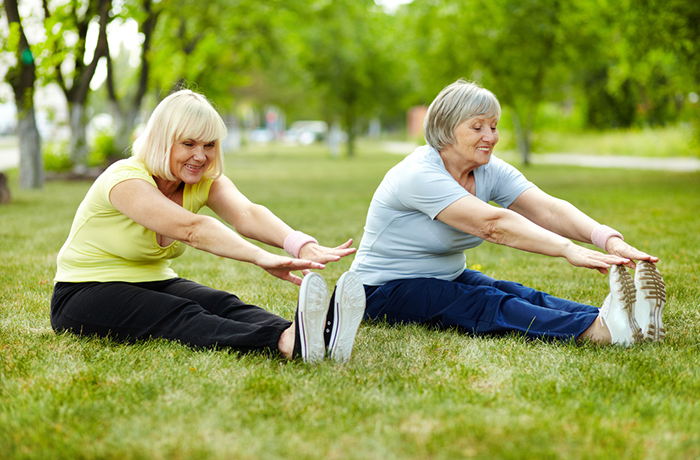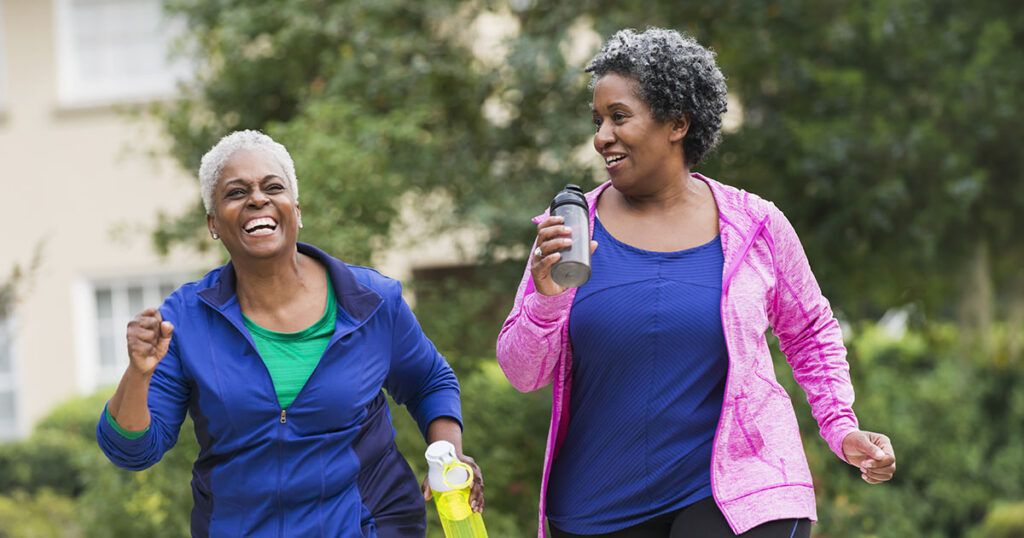What is a sports injury?
A sports injury is any kind of injury that occurs during sports or exercise. Sports injuries affect the musculoskeletal system and can include ligament sprains, muscle strains and fractures.
Common types of sports injuries
Here are some of the different types of injuries that can occur through sports or exercise:
- Bruising
- Joint inflammation
- Sprained ligaments
- Strained muscles
- Torn ligaments or muscles
- Fractures
- Dislocation
What are the causes of sports injuries?
Sports injuries can happen for many different reasons, the most common include:
- An accident such as a fall or collision
- Not warming up correctly
- Using the wrong equipment
- Incorrect technique
- Over exercising
If you suffer an injury, what should you do?
- Stop exercising immediately, continuing can cause more damage
- Rest and treat the affected area with an ice pack
- Take over the counter painkillers such as paracetamol or ibuprofen (providing you can take anti-inflammatory medication)
- See your GP for a referral for physiotherapy if symptoms do not improve
- Serious injuries may require more specialist intervention from an orthopaedic surgeon like Mr Nirav Shah.
How to prevent sports injuries
Seek professional advice
Before starting a new exercise regime seek advice from your GP if you suffer from any chronic health problems. If you are overweight it is also important to discuss with your GP which exercises would benefit you most and which exercises you should avoid. It’s important to plan a fitness regime that suits your needs and to gradually increase your level of activity.
You might benefit, at least initially, from working with a personal trainer. They will be able to assess your level of fitness and help you to set realistic goals. A trainer will also be able to help you develop a good technique and show you how to use gym equipment safely and effectively.
Warm up and cool down
Always make sure you warm up properly prior to exercising. This should take at least six minutes and involve a series of exercises such as marching on the spot and stretching. Warming up helps prepare the muscles for stretching and floods the muscles, ligaments and joints with blood and oxygen. This increases the flexibility of the muscle fibres and significantly reduces the risk of pulling or straining a muscle.
Following exercise the body needs to cool down and stretching exercises can help to improve flexibility. Cooling down also allows the heart rate to slow and breathing to return to normal levels.
Dress the part
Wearing suitable footwear is really important for protecting your feet and ankles, and preventing an injury. You should also wear protective equipment such as shin pads and girdles where necessary.
Listen to your body
Pain is a warning sign that you are pushing your body too far or have already suffered an injury. If you experience any pain or discomfort stop exercising immediately.
When the body becomes physically exhausted there is an increased risk of injury, so it’s also important to take regular breaks.
If you have previously suffered an injury to a specific area then you are much more likely to be injured again in the same place. Regular exercise has a way of uncovering weaknesses in the body.
There is a higher risk of injury among athletes who are aggressive or particularly competitive. Tension can make your muscles and tendons tighten, so try to relax and pay attention to your breathing.
Despite these risks, most of which can be easily managed, it’s really important to take part in regular exercise. Research has shown that it lowers the risk of osteoarthritis, hip fractures, type 2 diabetes and some types of cancer. Find a form of exercise that you enjoy and it will quickly become part of your routine.
This helpful guide from the NHS gives you an idea of how much physical activity you should be taking part in.





